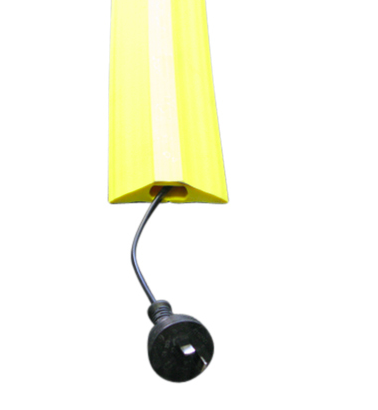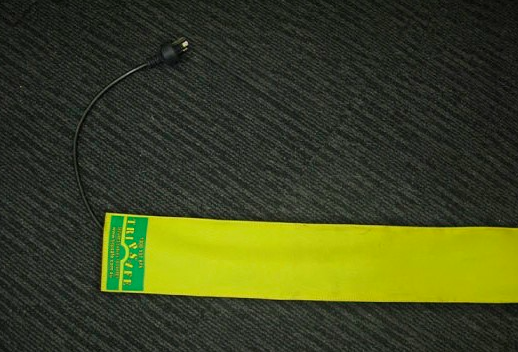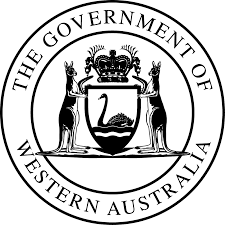 Loading... Please wait...
Loading... Please wait...Australia’s leading manufacturer of safety cable covers and protectors
- SATISFACTIONGUARANTEE
- FREESHIPPING*
- SECURESHOPPING
- 1300-137-875Contact Us
Blog - tripsafe
Implement OHS Best Practices At Your Workplace
Posted by Olivia on 30th Sep 2019
Workplace health and safety often discussed as Occupational Health and Safety (OHS) includes assessment and management of risks that can impact the health, safety or welfare of the people in the workplace.
Safety at the workplace is a fundamental right of all workers, and it is the responsibility of the employer to ensure safety. By understanding the potential for risks in the workplace and effectively manage and lead the team to minimise those risks.
Creating a safe work environment is both a legal requirement and essential to the long-term success of the company. Implementing OHS best practices benefits the business. It helps you to retain staff, minimise injury and illness, reduce the cost of damage and worker’s compensation, and it maximises employee productivity.
Here is some advice on how to implement OHS best practices.
Understanding responsibilities
The employer is responsible for safety in the workplace. They need to research the legal OHS requirements that apply to their business. Once this is understood, it is crucial to create a health and safety policy to outline a commitment to safety clearly. Create a simple strategy and support it with an action plan aimed at continually enhance health and safety. Include intentions, objectives and specific responsibilities for the different employees such as managers and workers. Without explicit written documents, it is harder to hold people accountable for their safety responsibilities.
Consult employees
It is vital to engage employees in any decision that might affect their health and safety. Employees carrying out the work are suitable to inform of the risks involved and the improvement that could be done to create a safer workplace. Regularly consult groups such as designated workgroups or elected representatives on all safety matters. To ensure effective safety systems can be established.
Identify, evaluate and manage risks
The company must understand their health and safety risks by having systems in place to identify risks, assess and manage risks. Having employees report risks, conducting regular workplace inspections, analysing incident data and even sing an external auditor to inspect the workplace. Could be some examples that can be used to identify risks. Evaluating those risks will determine the time frame and urgency for managing the risk.
Inform, educate and supervise
Without the cooperation and understanding of employees, it is hard to achieve safety in the workplace. Therefore, keep employees informed of all risks, changes and procedures. Enlist the help of manuals, instructions, training videos and data sheets to ensure al employees understand. For some industries, it might be useful to educate by providing courses in, for example, first aid.
Manage incidents and accidents
The whole reason for implementing OHS practices is to avoid accidents from happening. If they do occur, managing them in the right way is essential to minimise loss and disruption. Thus, plan for accidents before they happen by implementing an emergency procedure, for different situations such as a fire.
Keep records
It is essential to document health and safety activities and to keep records to ensure all legal requirements are met. Files that should be kept include all documents referring to risk identification, risk assessment and control processes, training records and more. Keep them up to date, so it is of the most significant benefit.
Monitor, review and improve
Managing health and safety is an ongoing process that should be a part of the way a company does business. After implementing an OHS management system, its essential to review and evaluate each step to understand how well it’s working. Evaluate the implementation of procedures, policies and the effectiveness of those interventions, adjust what needs to be changed to improve the system and ensure success.
PS: Looking for a quick way to reduce hazards in your workplace? Try the Tripsafe cable cover. The Tripsafe cable covers are made to make your workplace or home safer by reducing trip hazards. Through innovative solutions tidying messy cables. Trip safe cable covers are an inexpensive and easy solution to make your environment safer.
More info about the Tripssafe cable covers here


The TripSafe Team
Must Have Accessories for a Safe and Tidy Office Space
Keeping your office space organised and tidy can have enormous effects on both your well-being as well as productivity. Your space limitations do not have to be an issue, as there are smart solutions to keeping your office both tidy and safe.Not only is your office a place where you work, but it is also [...]
Cables & Kids: How to Make it Work
Whether we like it or not, electricity plays a huge role in our lives today. It should definitely not be feared but it certainly needs to be respected and treated properly to avoid any problems. The tricky part here is to teach all that to your child who thinks the power outlets look like little hungry faces, just waiting to [...]
DIY Desk Cable Tidy Solutions
Keeping your workspace organised has never been easy. You may often think that you don’t have the time to tidy your desk, but if you realise how much stress the disorganisation causes you and how much it costs you, you would reconsider. One thing is organising your tabletop from papers and pens, but a much more difficult task is [...]
5 Ways to Protect Your Cables From Pets and Babies
Being constantly surrounded by electrical devices at home and work, we need to be aware of the hazards the cables bring, as well as keep our surrounding environment tidy and clean. With small children and pets sharing our home, chewing up, tugging at or wrapping around their necks is a common scenario of the cables. The need for a proper [...]






